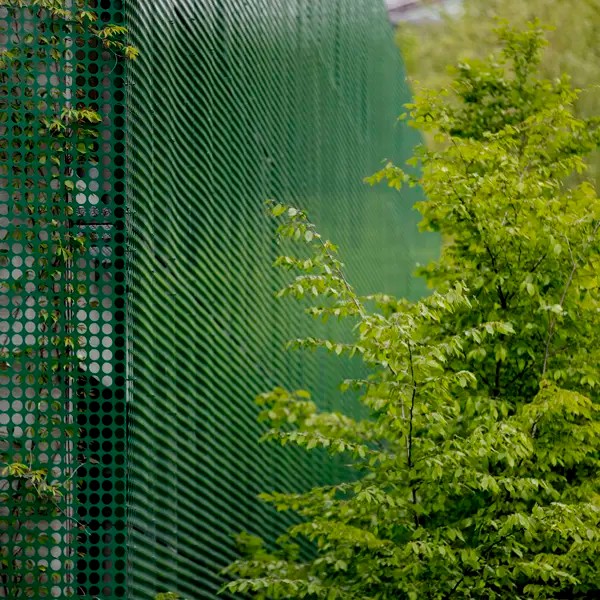
Chalmers has zero tolerance for all forms of discrimination, harassment and victimisation. This is based on the Discrimination Act and the Work Environment Act.
The Discrimination Act
The Swedish Discrimination Act describes what counts as discrimination, who might be subjected to it and by whom. The legislation requires Chalmers to counter discrimination and harassment, and to work proactively to promote equal treatment and equal rights. For an action to constitute discrimination, there needs to be a link to the grounds of discrimination
- gender
- transgender identity or expression
- ethnicity
- religion or other belief system
- disability
- sexual orientation
- age
Discrimination takes different forms
Discrimination occurs when an employer or education coordinator, such as Chalmers, treats an employee or student unfairly or violates their dignity. The law prohibits various forms of discrimination.
(Insert section with headings that can be clicked on for text to be displayed)
Direct discrimination
A person is subjected to worse treatment compared with another in the same or a comparable situation. Examples of direct discrimination
- A student receives a lower grade for a project than the rest of the members of a group, and the reason for this relates to their ethnicity.
- An employee is denied promotion or advancement and the reason relates to their sexual orientation.
- A doctoral student is not allowed to continue in their position after parental leave.
Indirect discrimination
A rule or procedure that appears neutral but particularly disadvantages people based on specific grounds for discrimination. Examples of indirect discrimination:
- An employer has length of service requirements for employment that particularly disadvantage women or people from certain ethnic groups.
- A rule is introduced for when students are to use a certain machine: the rule forbids all forms of headgear, disadvantaging people who wear the hijab.
- A higher education institution has rules for how men and women should dress for doctoral degree ceremonies that disadvantage people who have a transgender identity or consider themselves non-binary.
Lack of access
A person with a disability is disadvantaged because no accessibility measures have been taken to enable people to come into a comparable situation with people without disability.
Harassment
Harassment is behaviour that violates another person’s dignity. This might involve someone saying or exhibiting behaviour that makes you feel upset, insulted, threatened or ill-treated. It can occur verbally, physically and digitally.
Harassment is behaviour that is unwelcome to the person subjected to it. The same behaviour may be perceived as harassment by one person whereas another person may not be bothered by it. There does not have to be any intention to insult or ill-treat a person for it to constitute harassment. Examples of harassment:
- To ridicule or joke about a person or group based on their sexual orientation.
- To make derogatory comments about a person or group based on their ethnicity.
- To draw others’ attention to a person’s disability in a way that they experience as negative.
- To marginalise or use other dominance techniques against a person due to their age.
Sexual harassment
Sexual harassment is behavior of a sexual nature that is unwelcome to the person subjected to it. Anyone can be subjected to sexual harassment, whatever their gender identity or sexual orientation might be. Examples of sexual harassments:
- To look or whistle at a person in a way that they find unpleasant.
- To comment on a person’s body in a way that they find unpleasant.
- To touch a person in a way that they find unpleasant.
- To call someone something that is related to sex that makes them feel uncomfortable.
- To make sexual advances that the person does not welcome.
- To spread rumours about a person relating to sex or their body.
- To send messages, images or videos relating to sex that the person does not wish to receive.
- To spread images of a person who does not want them spread.

The Work Environment Act
Chalmers works in several different ways to promote a good work environment and prevent the risk of ill health due to organisational and social conditions.
The organisational work environment covers conditions of work that are impacted upon by management and control, communication, participation, room for manoeuvre, requirements, resources and responsibility. The social work environment is about the conditions of work that include social interaction, cooperation and social support from others around a person.

What is discrimination?
Read more about what discrimination is at the homepage of Equality Ombudsman (DO)

Victimisation and bullying
Read more about victimisation and bullying at the homepage of the Swedish Work Environment Authority.